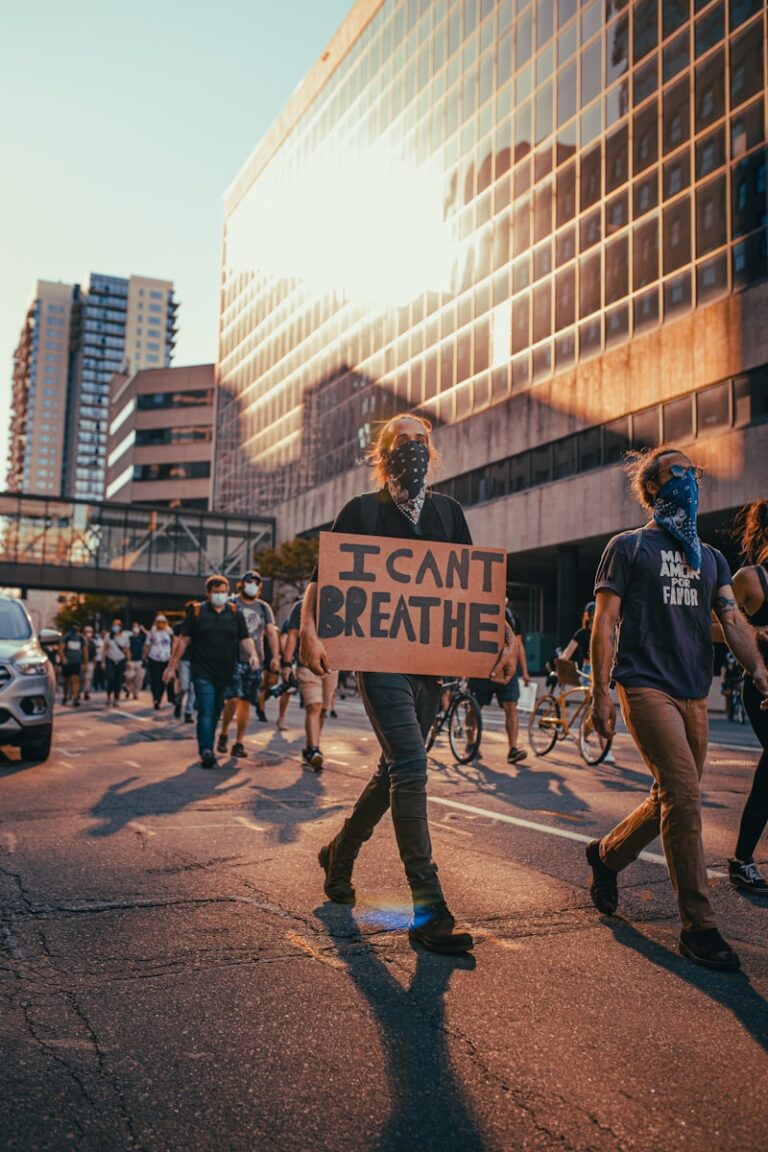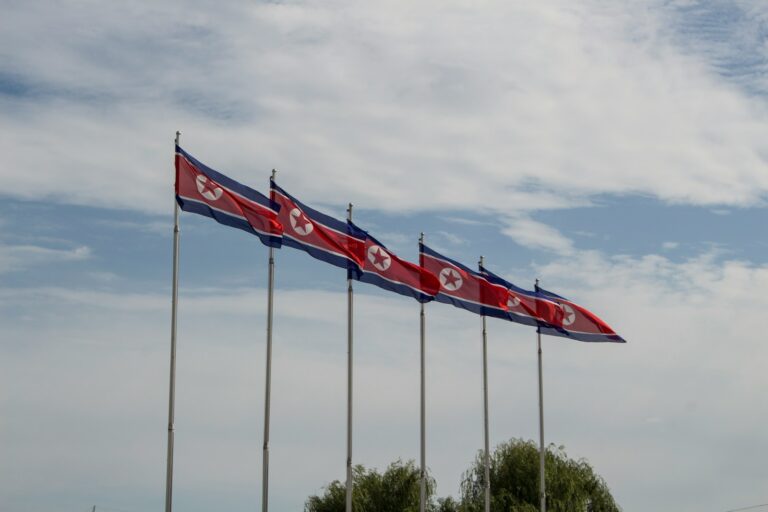Key Takeaways
- A tiny brain worm can confuse and paralyze moose, often leading to their death.
- White-tailed deer spread the parasite without getting sick.
- Snails and slugs carry the infective larva that later harm moose and elk.
- New blood tests can detect brain worm infections in live animals early.
- Early detection helps wildlife managers limit spread and protect moose herds.
The Brain Worm Problem in Moose
Every year, wildlife experts find moose stumbling along roads, looking dazed and confused. Most of these cases end in tragedy when a truck or car strikes the animal. Yet the real culprit hides deep inside the moose’s brain. Known as the brain worm, this parasite tunnels through the nervous system and robs moose of balance and direction.
Unlike moose, white-tailed deer carry the brain worm without feeling sick. As a result, deer shed larvae in their droppings across forests and wetlands. Snails and slugs then pick up these larvae and become carriers. When a moose or elk accidentally eats an infected snail, the brain worm invades its central nervous system.
Signs and Symptoms of Brain Worm Infection
Moose attacked by the brain worm may show different symptoms. At first, they wander in circles, appear disoriented, and seem blind to danger. Soon, they may lose control of their rear legs or collapse completely. In such cases, the animal can’t stand or walk normally. Sadly, once these signs appear, it’s often too late for treatment.
How the Brain Worm Lifecycle Works
First, an adult brain worm lives in the deer’s spinal cord and lays eggs. These eggs move into the deer’s droppings and hatch into larvae. Next, a snail or slug eats the larvae. Inside this slimy carrier, the worm grows into its infective stage. Finally, when a moose browses vegetation near these mollusks, it swallows the infective larvae. The worm then migrates to the moose’s brain and spinal cord, causing severe damage.
Detecting the Brain Worm Early
Traditionally, scientists could only confirm brain worm infection in moose after death. They dissect the nervous tissue, hunt for the tiny worm, and run DNA tests on any fragments they find. This method takes a long time and may miss infections entirely. Moreover, a similar parasite called the arterial worm shows nearly identical symptoms. That parasite moves differently inside deer and causes neck lesions, but its signs can confuse biologists.
However, researchers at a veterinary lab developed a new blood test that spots antibodies produced by a moose or elk fighting off the brain worm. This serological test pins down the infection while the animal is still alive. Wildlife officials simply draw a small blood sample from a sick or road-killed moose and ship it to the lab. There, scientists screen the sample for specific antibodies against the brain worm.
Benefits of Blood Testing for Brain Worm
This breakthrough lets wildlife managers track infections in living populations. If tests reveal the brain worm in a new area, officials can act quickly. They might lower deer numbers through hunting, since fewer deer mean fewer parasites in the environment. Alternatively, they could reduce snail and slug habitats with controlled burns or habitat management. Thanks to this proactive approach, managers can slow the spread of the brain worm and protect vulnerable moose herds.
Controlling Brain Worm Spread
First, wildlife managers aim to limit deer populations in key areas. Since white-tailed deer don’t suffer from the brain worm, they act as hidden carriers. More deer mean more worm larvae in droppings. Next, officials target snails and slugs, the parasite’s intermediate hosts. Controlled burns, mowing, and drainage can make habitats less friendly to these mollusks. Finally, scientists share testing results with state wildlife agencies to guide local strategies.
Real-World Impact of Brain Worm Testing
Imagine a moose struck by a truck on a Minnesota highway. Officials collect a blood sample and send it north to the veterinary lab. There, the serological test reveals brain worm antibodies. Meanwhile, samples from elk in Montana and caribou in Canada add to the data pool. Each positive result signals a potential risk zone. In turn, wildlife managers adjust hunting rules or habitat plans to curb infections. Over time, this network of testing and action helps stabilize moose numbers.
What You Can Do to Help Moose
Although you can’t directly test wildlife, you can support local conservation efforts. Report injured or sick moose sightings to state wildlife officials. Follow guidelines when driving through moose country, especially at dawn and dusk. Finally, back community programs that fund wildlife research and habitat restoration. Your involvement makes the job of tracking the brain worm and saving moose a lot easier.
Frequently Asked Questions
How does the brain worm affect moose differently than deer?
White-tailed deer carry the parasite without illness. In contrast, moose lack resistance, so the worm damages their nervous system, causing severe symptoms.
Can other animals catch the brain worm?
Yes. Elk, caribou, and even some livestock can get infected if they eat snails or slugs carrying the worm larvae.
Is there a treatment for infected moose?
Currently, no effective treatment exists once severe symptoms appear. Early detection and prevention are the best tools to protect moose.
Where can I learn more about brain worm testing?
Contact your state wildlife agency or a nearby university’s veterinary lab for details on serological testing and conservation programs.










